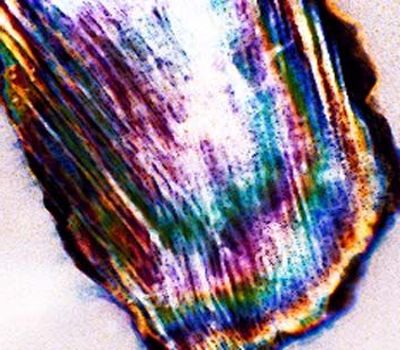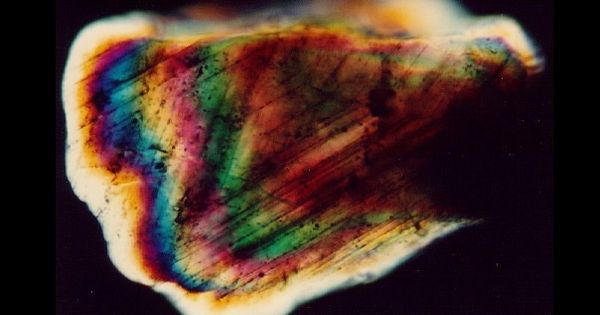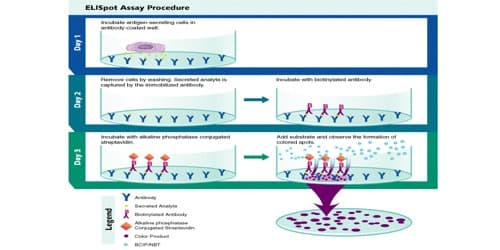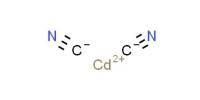Shocked quartz is a variety of Quartz. It is a form of quartz that has a microscopic structure that is different from normal quartz. Quartz shocked under intense pressure (but limited temperature). Under intense pressure (but limited temperature), the crystalline structure of quartz is deformed along planes inside the crystal. It refers to quartz grains displaying microscopic defects in a crystalline structure that were produced by the passage of high-velocity and high-pressure (>5 GPa) shock waves.
Discovery
Shocked quartz was discovered following underground nuclear bomb testing, which generated the intense pressures required to alter the quartz lattice. Shock metamorphism is commonly illustrated in quartz by the presence of fine lamellae of amorphous SiO2 oriented parallel to two (or more) specific crystallographic planes and called planar deformation features.
Eugene Shoemaker showed that shocked quartz is also found inside craters created by meteor impact, such as the Barringer Crater and Chicxulub crater. The presence of shocked quartz supports that such craters were formed by impact, because a volcanic eruption would not generate the required pressure.

Formation
Shocked quartz is usually associated in nature with two high-pressure polymorphs of silicon dioxide: coesite and stishovite. It is a diagnostic criterion to recognize hypervelocity impacts.
These polymorphs have a crystal structure different from standard quartz. Shock features are common in impact crater rocks and in some meteorites. This structure can be formed only by intense pressure (more than 2 gigapascals), but at moderate temperatures. Shock metamorphism is also known in zircon, feldspar, and olivine.
Occurrence
Shocked quartz is found worldwide, and occurs in the thin Cretaceous–Paleogene boundary layer, which occurs at the contact between Cretaceous and Paleogene rocks. Shocked quartz is often associated with the high-pressure silica polymorphs coesite and stishovite.
Lightning also generates planar deformation features in quartz and is capable of propagating appropriate pressure/temperature gradients in rocks and sediments alike. Quartz grains with shock metamorphic features, commonly referred to as “shocked quartz,” are a typical diagnostic criterion used for the identification of hypervelocity impact structures on Earth.
Information Source:
















